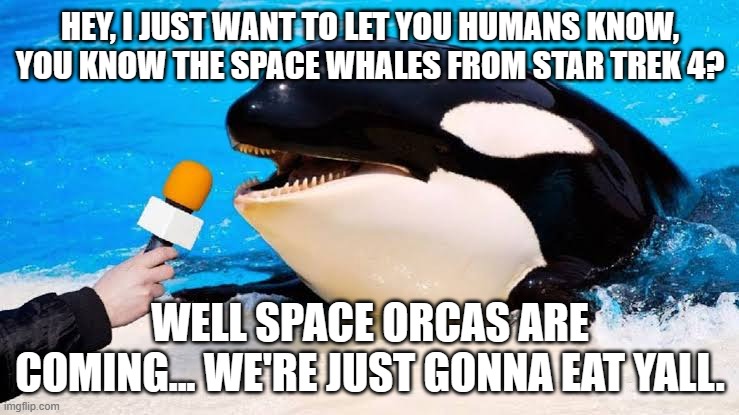
Posted on 04/26/2025 7:05:05 PM PDT by Red Badger

A newly discovered fossil of a four-legged whale in Peru sheds new light on the evolution of whales and their journey across the oceans.
*****************************************************************
A fascinating new discovery has been made off the coast of Peru, where paleontologists have unearthed the remains of a previously unknown four-legged whale species. This remarkable find, which was made about 42.6 million years ago during the middle Eocene, is shedding new light on the evolutionary transition of whales from land-dwelling mammals to the aquatic giants we recognize today. As reported in Current Biology, the whale species, named Peregocetus pacificus, was found in the Playa Media Luna fossil site and represents a critical piece of the puzzle regarding whale migration patterns and early evolutionary development. The discovery marks an exciting milestone in our understanding of the evolution of cetaceans and their spread across the globe.
A Surprising Link in the Evolutionary Chain: The Four-Legged Whale
The Peregocetus pacificus is an ancient quadrupedal whale, meaning it had four legs and could walk on land. This discovery is particularly significant because it provides the first reliable record of a quadrupedal whale in South America. The fossil is remarkably well-preserved, with paleontologists recovering a large portion of its skeleton, including its jaw, front and hind limbs, parts of its spine, and tail.
The size of Peregocetus pacificus is also noteworthy. At around 4 meters (13 feet) in length, it was considerably larger than modern otters but still retained many features adapted for land movement, similar to otters and beavers. This indicates that the whale’s evolutionary ancestors were capable of both walking on land and swimming in water, bridging the gap between terrestrial mammals and modern whales.

Reconstruction showing the preserved parts of the Peregocetus pacificus skeleton, in both terrestrial and aquatic configurations. Image: (Olivier Lambert et al., 2019/Current Biology)
The Role of the South Pacific in Whale Evolution
The discovery of Peregocetus pacificus raises fascinating questions about the evolutionary history of whales and their adaptation to life in the ocean. According to Olivier Lambert, lead author of the study and a paleontologist at the Royal Belgian Institute of Natural Sciences, this is the first indisputable record of a quadrupedal whale skeleton in the Pacific Ocean, and it may be the oldest of its kind in the Americas.
The fossil evidence suggests that these early whales likely crossed the South Atlantic Ocean from the western coast of Africa, aided by surface currents that helped them navigate the distance. At the time, the distance between Africa and South America was much smaller than it is today, making the trek more manageable. Once in South America, the Peregocetus whales settled along the Peruvian coast and eventually made their way into North America, altering the course of whale evolution.
“This is a genuinely surprising discovery based on a relatively complete fossil skeleton that shows that really ancient whales capable of swimming and walking made it to the Americas much earlier than previously thought,” explained Erich Fitzgerald, senior curator of vertebrate paleontology at Museums Victoria, Melbourne.
From Land to Sea: The Evolution of Whales
The discovery of Peregocetus pacificus provides a crucial link in the evolutionary story of cetaceans. Whales, dolphins, and other cetaceans are believed to have evolved from land-dwelling mammals about 50 million years ago. The study of Peregocetus helps researchers better understand how whales transitioned from land to sea and the timeline of this dramatic evolutionary shift.
Scientists are eager to continue exploring the fossil-rich regions of Peru, as this discovery highlights the potential for future finds in the southern hemisphere. Felix Marx, a paleontologist at the University of Liège, believes the discovery could lead to more insights into the spread of ancient whales across the oceans.
“There are clearly more twists in the whale’s tale that we haven’t even begun to imagine,” said Erich Fitzgerald. “What is certain is that there are many more cetacean surprises waiting to be uncovered in the southern hemisphere.”
The author is a rebel without a clause...............
Good question.
The answer is obvious. His design did indeed mechanisms for adaptability. Evolution-capable biology is an incredible design.
None of that is particularly important, I want to know how more about how it grasps the husk.
They are good books, and the bad guys die horrifying deaths.
So you say.

Disclaimer: Opinions posted on Free Republic are those of the individual posters and do not necessarily represent the opinion of Free Republic or its management. All materials posted herein are protected by copyright law and the exemption for fair use of copyrighted works.